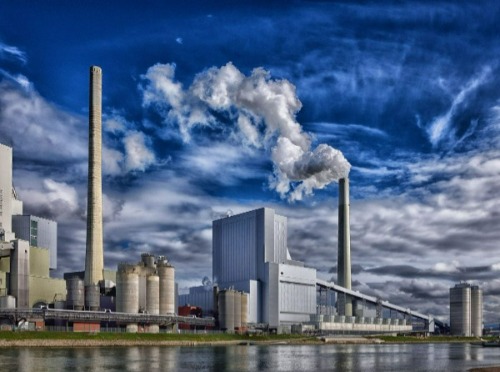CASE STUDY: HOW TO SOLVE TEMPERATURE CONTROL ISSUES IN A THERMAL OXIDIZER

Providing the best solutions for customers is something ACI takes very seriously. When a customer contacted us with a malfunctioning thermal oxidizer burner, we put our problem-solving skills to the test to generate a solution that was efficient and saved the customer from hefty repair costs. Here’s a closer look at how we treated a thermal oxidizer with a burner that was out of control.
The Problem
Our customer had recently replaced a burner in their thermal oxidizer only a year prior. However, this new burner had no proper temperature control. The burner was constantly over-heating and experiencing wild temperature swings of 100?-200?. Lack of temperature control was dangerous and prohibiting the thermal oxidizer from functioning to its fullest potential.
Investigation
After taking a closer look at the malfunctioning burner, ACI discovered that the burner was an “on ratio” burner. “On ratio” refers to the air/fuel ratio. A perfect ratio for combustion of natural gas requires an air to gas ratio of 10:1.
Simply put, a thermal oxidizer is essentially an incinerator that is used by many industrial plants as air pollution control. These combustion devices take harmful industrial odors, fumes and emissions like volatile organic compounds and carbon monoxide, and burn them down into carbon dioxide and water, which are acceptable to be exhausted into the atmosphere.
As the temperature climbs in the oxidizer, the control valve closes, shutting down both gas and air. The chemicals and gases that the thermal oxidizers are burning require air to combust, just as natural gas does. As the hydrocarbons are fed into the oxidizer, they burn, creating heat and resulting in less natural gas being required. Therefore, we needed to add air to the reaction to ensure complete combustion of the waste gases.
Solution
There are two ways to add air to the reaction described above. One solution would be to add air from a secondary source. In this instance, an “on ratio” burner would actually work. However, ACI decided on a solution that’s simpler and far less expensive.
ACI decided to treat this problem with an excess air burner, which allowed us to leave the air alone and only throttle the natural gas. An excess air burner is designed to keep the natural gas continuously burning through extra air being fed into the burner. The burner will stay lit indefinitely without risk of being blown out. This results in sufficient air being present in the oxidizer to complete the combustion of the waste gases.
ACI went with the Eclipse ThermJet direct fire burner, which features the highest flame velocities available. The ThermJet delivers the lowest emissions of any competitive model, which is ideal for a thermal oxidizer. It also features capacity ranges of 150,000 to 20,000,000 Btu/h (44 to 5860 kW) and a max process temperature of 2800°F (1540°C).
After installing the new burner into the oxidizer, we no longer are seeing unpredictable jumps in temperature and lack of control. Instead, the burner is holding the temperature steady with only +/-2 degree difference from the set-point. The customer is very happy with the results.
Want to learn more about how ACI can solve your temperature control issues?
Give us a call at 1.800.333.7519 or contact us online to speak with an ACI representative today.

